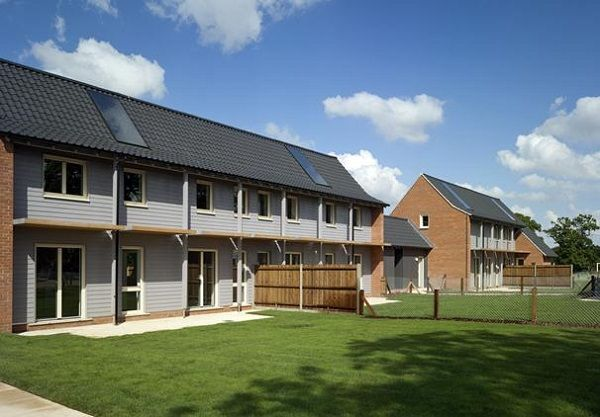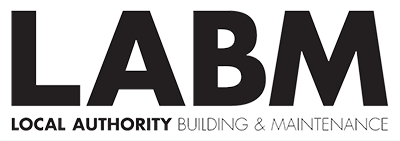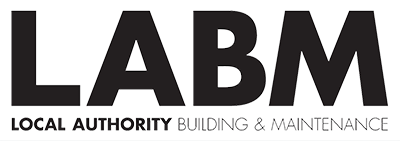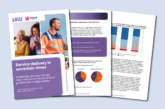
Airflow’s latest report, ‘Is Passivhaus achievable in the UK?’, examines government and Passivhaus Trust data to determine the need for a highly energy efficient building standard, as well as the obstacles to meeting this standard.
As of May 2023, only a limited number of local authorities and housing associations have delivered Passivhaus homes in the UK. Of the UK’s 317 principal councils, 43 of them have delivered Passivhaus homes in the UK, as have a further 41 housing associations. The picture across London is more promising, with 11 of the 32 boroughs (34%) having completed Passivhaus projects.
The data shows that while social rented homes are more energy efficient than private rented and owner-occupied properties, with an average EPC rating of C, tenants still face significant financial strain. Social renters in England’s most inefficient homes spend up to 15.5% of their income on heating — equivalent to nearly two months of their annual income. Compared to a traditional build, a Passivhaus property could reduce residents’ energy consumption by up to 90%.
The lack of interest in Passivhaus among councils and housing associations is largely due to factors such as higher upfront costs, lack of expertise in Passivhaus design and construction, and concerns about the complexity of meeting Passivhaus standards.
The absence of policy incentives to pursue such a high standard of energy efficiency and design also leaves many councils opting for traditional builds. This choice may save organisations 8% of the cost to begin with, but leaves tenants bearing higher ongoing energy costs.
The case for Passivhaus in social housing is compelling, particularly given the current challenges of energy poverty, poor housing conditions, and rising utility costs. The fact that 84 organisations have successfully delivered Passivhaus homes, despite the aforementioned challenges, demonstrates that it is achievable within the UK context. However, further education and incentive is required to increase the number of highly energy efficient social homes available.
Alan Siggins, Managing Director of ventilation solutions provider Airflow, says:
“Passivhaus is seen as the ‘gold standard’ for energy-efficient building design and is a reliable way of making sure a building is able to achieve the highest energy savings, comfort, and environmental impact. It’s true that Passivhaus buildings typically have higher upfront construction costs than traditional new builds, however this difference can vary, and the cost of projects has reduced over the years. Passivhaus Trust, which certifies passive house buildings in the UK, suggests that best practice costs were around 8% higher than similar non-Passivhaus projects in 2018. As Passivhaus design becomes more mainstream, we expect the cost to continue decreasing, as the industry gains more experience and the necessary materials and technologies become more widely available.”
Siggins explains, “Passivhaus is generally considered worth the investment, especially in the long-term. Houses designed to Passivhaus standard can offer energy savings of up to 90% and the indoor air quality is improved, so you’ll see a significant reduction in running costs and improved comfort and health benefits. There’s also the environmental side of things. Passivhaus buildings have a much lower environmental impact, allowing for more sustainable living and contributing to reducing climate change.”









